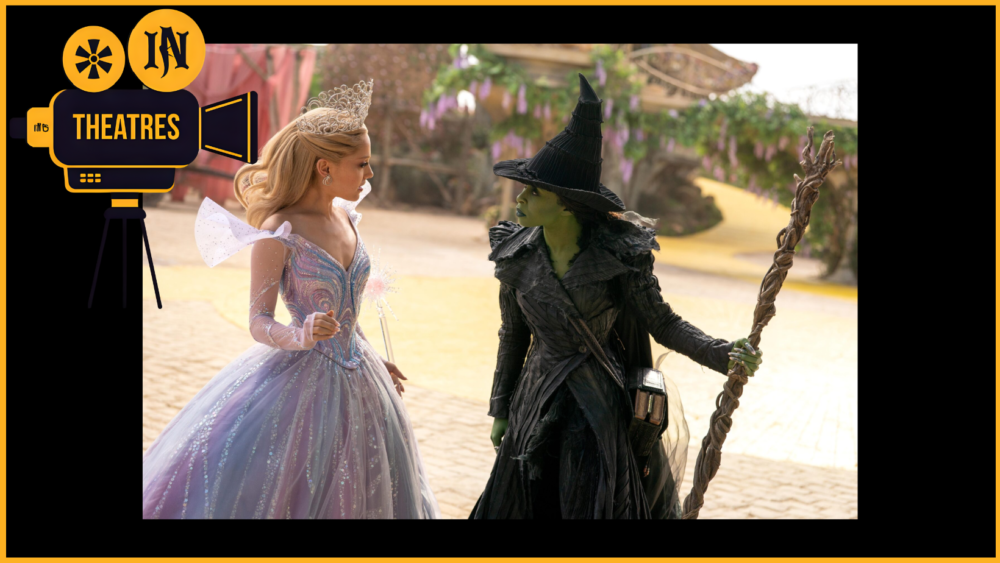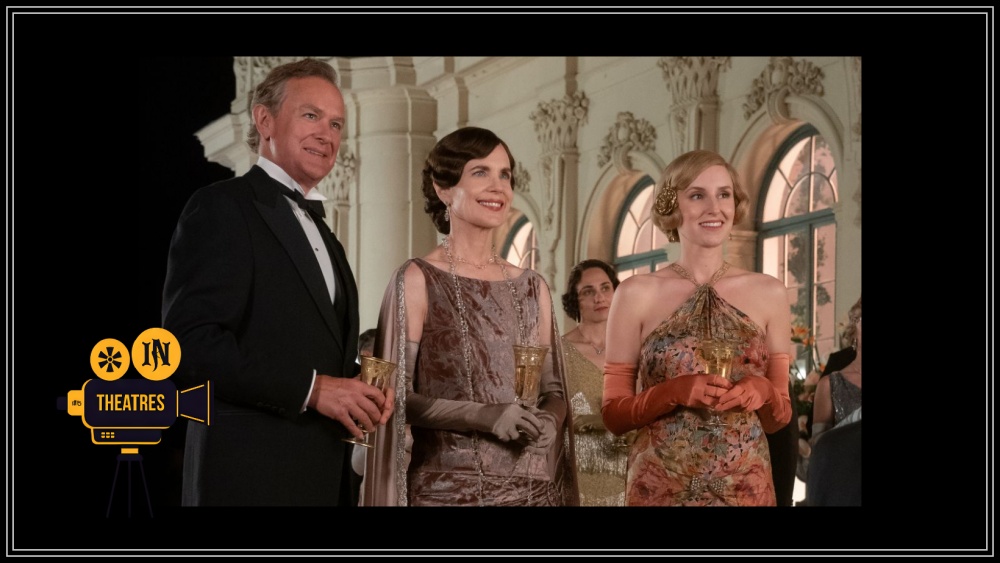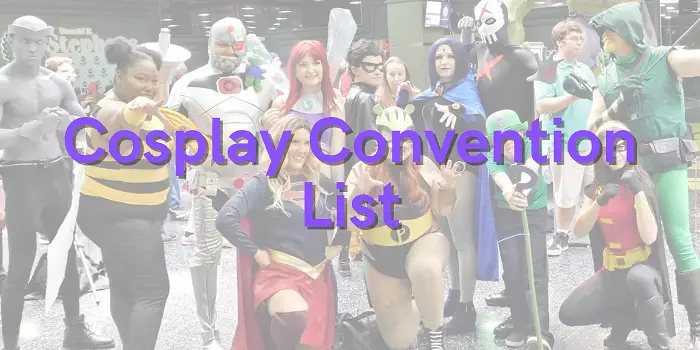Comics aren’t just for kids. This genre is very diverse – comics can be funny, serious, or even tragic. They have been popular all over the world for a long time and have their own audience, so they remain in demand even in our digital age.
Translation of comics is considered a fairly simple task, considering the age of their target audience as well as the volume of information they provide, which is why this job is often done by novice translators. Despite this fact, comics’ interpretation has its own peculiarities and pitfalls, which we will talk about today. Read on to learn more about how comics are translated.
Text Features
Before we delve into our tips for properly adapting comics to a foreign language, let’s review specifications of text within the comics’ genre.
- Graphic novels generally use direct speech. Therefore, comics are filled with colloquial vocabulary, contain many particles and interjections, as well as slang expressions.
- Phrases in comics usually accompany actions. Since sentences are short, actions are often described through onomatopoeia. Such words are often unique for each language (their English examples are bang, bam, whoosh, etc.), so their interpretation can be very unique to each specific language. Professional comics’ translators usually put together special tables, where they note onomatopoeia along with their foreign variants.
- Text mainly consists of dialogues with many emotional, often interrogative, and exclamation sentences.
- Comics’ heroes usually have different characters with their distinctive speech styles, which must be preserved during interpretation. This is not the case with document translation, which has its own difficulties. These best document translation services can give you a hand if you need important documentation translated right.
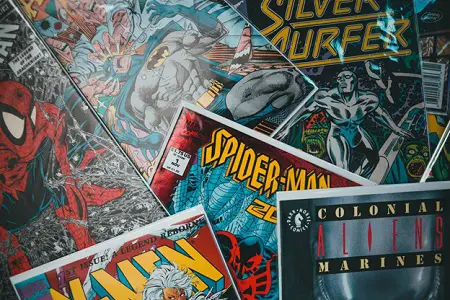
Importance of context
By now, all of us know the importance of localization when adapting textual material to a foreign language. Graphic novels actively use cultural and relevant social information. They often contain references to local phenomena, pop culture, brands, famous people, etc. Therefore, a translator needs to have a broad outlook, be familiar with modern trends and current events. The ability to note such references and transfer them to your translated text is what distinguishes a good translation.
Curiously, a lot of people read comics when they start learning a new language. If you are a fan of foreign comics yourself, check out these top 10 foreign comic books to help you learn new language.
When graphic novels are adapted to a foreign language and certain cultural context is not reproducible, translators may resort to footnotes in which they explain certain situations in more detail. For example, anime translators often use this method to decipher specifics of Japanese culture. But note that such explanations are not often necessary, since graphic novels are a visual genre, and drawings can help remove textual ambiguity without offering readers extra text.
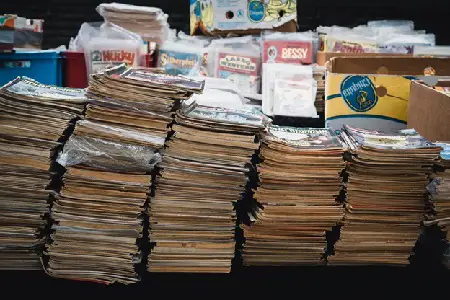
Nuances of comics’ translation
Comics may seem deceptively simple – their text is brief with no long descriptions or monologues. In addition, because the translated volume is small, comics’ translators’ pay may not be very generous. Sometimes this creates a frivolous attitude towards comics’ translation as if it is an easier and less responsible task than traditional translation.
However, comics’ translations have their own rules and nuances. Here are a few of them:
- Professional translation of graphic novels is impossible without thorough preliminary analysis and research of the subject. Before starting their work, translators must have a good idea about the author, the history of the comic, the process of its development, etc.
- It is important to read an entire story before starting your work, even if you only need to translate one issue. In addition, it is worthwhile to find and carefully study existing interpretations to take into account well-established interpretations readers are already accustomed to.
- Comics are less about translation and more about transcreation. You should read an original piece carefully, properly understand it, and create it anew. Your main task is to interpret original text and ensure the integrity of the comic’s narrative and its visual component.
- If text is placed in the “bubble”, its translated equivalent should roughly retain the original number of characters to avoid errors in design.
- Graphic novels are often serialized, and some details that seem insignificant may play an important role in subsequent releases, so a translator should build a glossary to avoid confusion.
- If you are in doubt about the correct translation of certain specific words or character names, it is better to decide in favor of such a variant that will best convey the meaning and flavor of the comic.
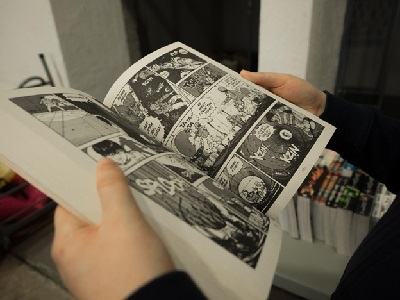
Conclusion
Graphic novels are very fun to work with, so many translators are willing to take them on. However, despite the seeming simplicity of the task, a lack of professionalism can become a serious obstacle in such an endeavor. Amateur’s work may contain mistakes made due to insufficient skills or lack of experience, which can greatly distort the comic’s original meaning. We hope that our tips have given you a better understanding of comic book translation and deepened your knowledge on this subject!
Elizabeth Baldridge Elizabeth is a writer and interpreter who loves working with topics all across the spectrum. Her readers appreciate the broadness of her interests and share her love for diverse subjects. Elizabeth spent years abroad working on her writing skills and creating new material, so her insights are always welcome. Valuable data Elizabeth shares are always relevant and well analyzed. Besides work, she is interested in traveling


